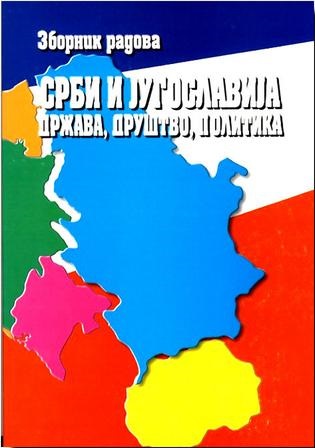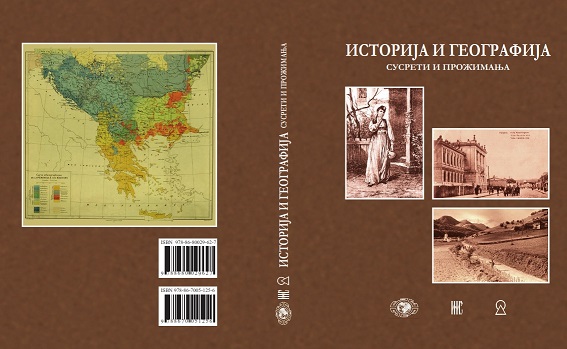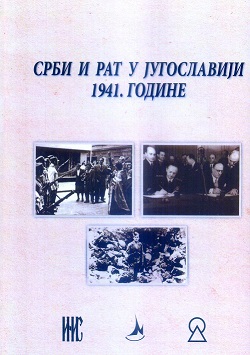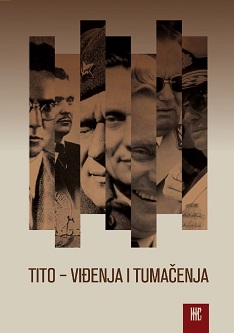
Од Србије до Србије
Unlike most other countries in Europe, Serbia changed several times and considerably its borders, territory as well as its status during 20th century. It almost doubled its territory after the Balkan Wars. From being an independent and internationally recognized nation, the largest country in the Balkan Peninsula and a war victor, it willingly switched to being only a province of the newly founded Kingdom of the Serbs, Croats and Slovenes/Yugoslavia after the end of the First World War, losing eventually even that status, by ceasing to exist as an administrative and geographical entity. After the end of the People’s Liberation Struggle and the Socialist Revolution, it became a unifi ed area again as People’s/Socialist Republic of Serbia, a federal unit within the Yugoslav federation – although with drastically changed territory. Namely, the Republic of Macedonia was carved out of the Southern Serbia, but the Vojvodina (Syrmium, the Banat and the Batcha) were added to Serbia. The New Serbia was not only internationally unrecognized (not being an independent state), but was not even a completely integrated administrative and territorial area, since the Republic of Serbia comprised two autonomous provinces – the Autonomous Province of the Vojvodina and the Autonomous Kosovo-Metohija Region, later called the Autonomous Province of Kosovo. After the constitutional amendments in the late 1960s, and particularly after the Constitution of the Socialist Federal Republic of Yugoslavia of 1974, both became de facto quasi-republics, as constituent members of the Federation. With the break-up of Yugoslavia, Serbia together with the Republic of Montenegro, founded a new federal entity in 1992, the Federal Republic of Yugoslavia, and in 2003 the State Community of Serbia and Montenegro, only to become an independent state again after the declaration of Montenegrin independence, in the follow-up to the referendum in that republic in May 2006. So it took 88 years to come from Serbia to Serbia.
More...


